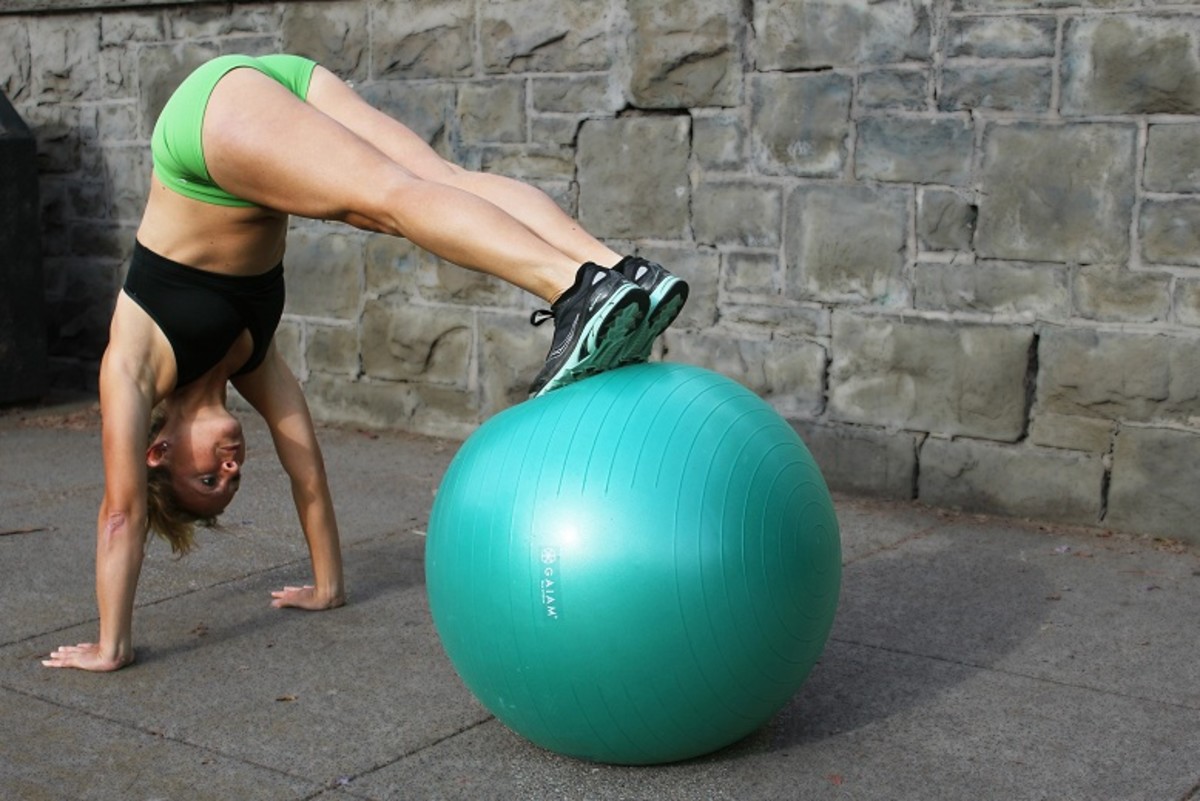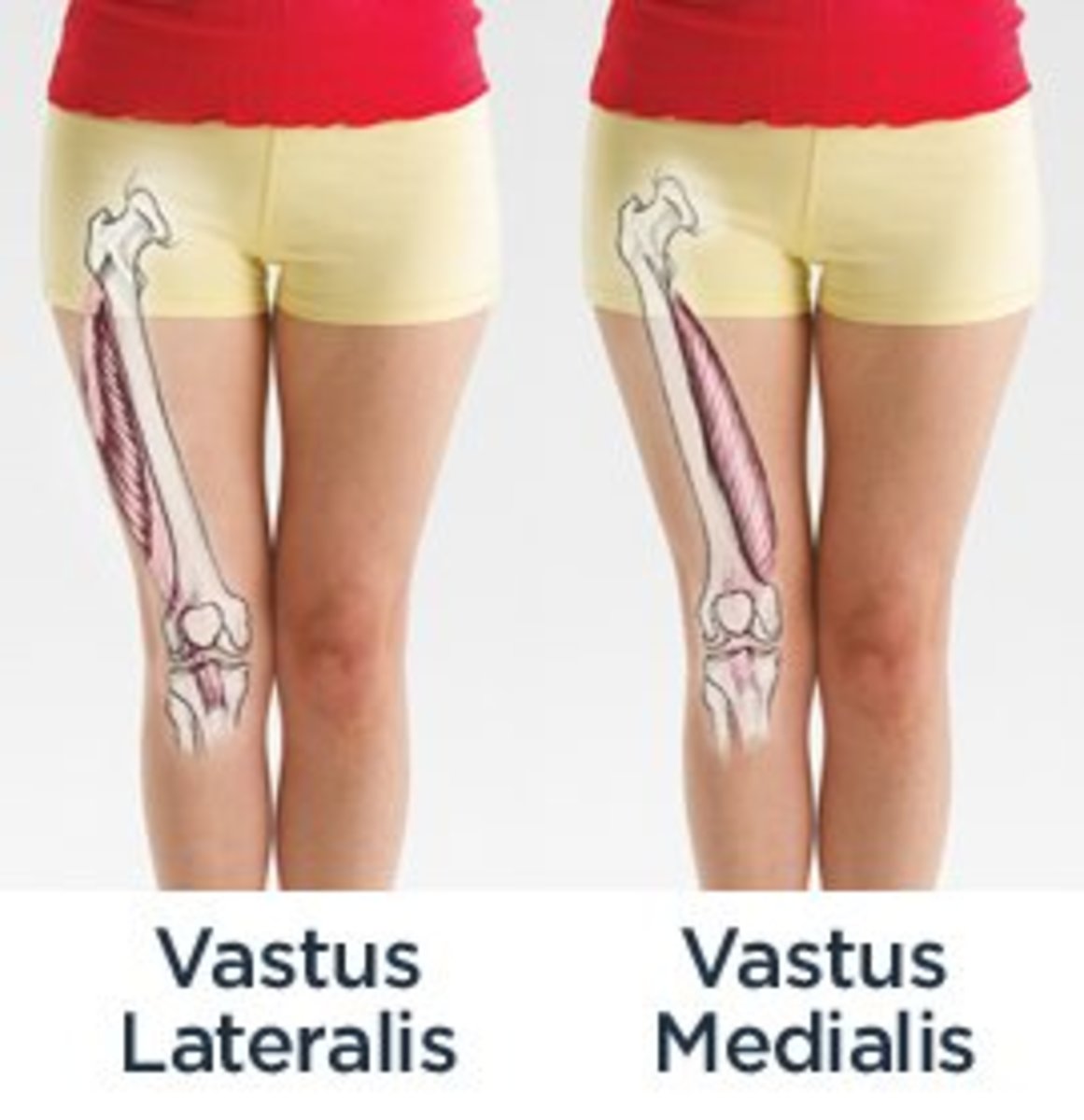Isometric Exercises and Isometric Training
Isometric Exercises
Isometric exercises are muscle contractions without any movement in the angle of the joints involved in the exercise. The word isometric comes from the Ancient Greek root words ‘iso’, meaning equal or same, and ‘metric’ meaning measured (distance is implied). In other words, during isometric exercises you may be pushing, pulling, or co-contracting, but maintaining the position of your joint(s). If you were to push against a wall, without it moving and without you moving, this would be an example of an isometric exercise. During an isometric exercise the overall length of your muscle more or less stays the same too (because the bones, and therefore joints, which the muscles act on haven’t moved).

Do isometric exercises improve your strength?
Yes, it is certainly possible to improve muscle strength using isometric exercises. This believed to be particularly true of increasing your muscle strength at same joint angle(s) that you complete the exercise in. Consider a wrestler, a gymnast and an ultimate fighter. The wrestler may need strength at a particular series of joint angles that are commonly associated with critical manoeuvres for pinning their opponent (or avoiding being pinned themselves). The wrestler may incorporate isometric exercises to strengthen his muscles with particular focus on improving his muscle strength at those critical angles. A gymnast may be required to hold an awkward or difficult sustained position (or series of positions) to complete the required elements as part of a routine. The gymnast may incorporate isometric exercises into their training to increase their strength, control and endurance at sustaining these positions. Similar to the wrestler, an ultimate fighter or mixed martial arts combatant may need to have strength in certain critical body positions in order to keep their guard up and prevent being dominated on the floor or against the cage.

Can isometric exercises help me ... even though I’m not into extreme sports or involved in hand to hand combat?
Yes, of course. I find the above examples are great for illustration purposes, but there are actually a number of reasons why isometric exercises can help everyday people in their sport, work or recreational endeavours, and achieve the body they desire. In addition to helping build strength and / or endurance benefits of isometric exercises include:
- Low impact.
- They can help strengthen not only the ‘prime mover’ muscles, but also muscles associated with joint stability and injury prevention (rotator cuff, core stabilisers etc.).
- Convenient (isometric exercises can be done almost anywhere without the need for bulky equipment.
- Time efficient to complete.
- Work a large proportion of muscle fibers within a muscle, within a single repetition when a muscle is contracted to the point of fatigue.

Which isometric exercises are the best for me to...?
The answer to this question will be different, dependent on goal of your exercise program. For example, a shoulder exercise for an individual recovering from a shoulder injury or surgery will be different to a professional (or recreational) surfer who wants to improve the stability through their hips and core to handle big waves. In these examples the person recovering from a shoulder injury may benefit from low intensity exercises designed to strengthen their rotator cuff), while the surfer will need higher intensity core stability exercise, probably performed in a position with an unstable base of support. On the other hand, someone who just wants a six pack to look good at the beach will be better off using a different series of exercises yet again.
What are some isometric exercises that are generally good for a broad range of people and objectives?
Here are some great isometric exercises with video examples.
Basic upper limb isometric program for beginners
Beginners isometric exercises
Most isometric exercises for beginners involve remaining in a body position that is easy to maintain. Beginners isometric exercise training tends to work only one or a couple of muscle groups at a time. For people who are just looking for some isometric exercises to do in their own home, and do not otherwise do resistance training or competitive sports, than this type of exercise program is not a bad place to start.
Isometric exercises... not for beginners
Isometric exercises can become far more difficult and challenging when design an exercise to put high demands not only on a single joint or group of muscles, but your stability muscles also. Great examples of these can be found for the upper limbs and core in particular. You will notice in this series of three videos, that the base of support is far less stable (stability ball, weight through hands, toes, heels etc.). It's worth noting as you watch these video's that isometric exercises could be completed at any particular joint angle, not just the joint angles indicated. For example in the third video (which is quite a difficult exercise), an isometric exercise could be completed with knees bent a little, or with knees almost completely flexed. When completing isometric exercises, sometimes it is worth trialling a few joint angles to find out where the exercise is most difficult, but where you can still complete the exercise safely and with good technique. Remember to build strength and stability you will need to challenge yourself, but you also don't want to injure yourself!
Deals from Amazon
Here's a link that explains the physiology of isometric contractions
- Isometric contractions
Isometric contractions refer to a certain type of muscle contraction where the muscle spindles are activated but the overall length of the muscle remains the same. For this to happen, during an isometric contraction, no movement occurs at the joint.
Useful info on isometric exercises
I hope you have found this information on isometric exercises useful. If you liked this hub please give me a vote. If you have any questions, suggestions or just want to tell us your thoughts feel free to post a comment below. Thanks!
- Exercise like your life depends on it it does!
Dr. Mikes new blog about exercise, fitness and health.









